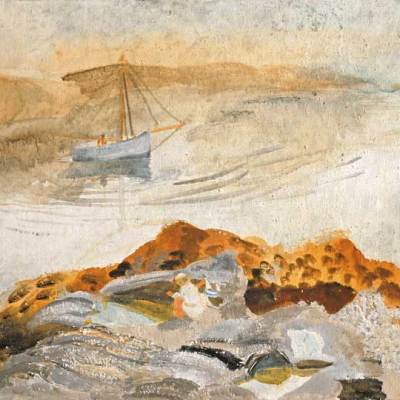Last week it was announced that the Tate would return a Constable painting to its rightful owners after investigations determined that it had been looted during the Nazi era. Claims have also been made against the Victoria and Albert Museum and the Ashmolean Museum, who have both agreed to submit Meissen porcelain pieces in their collections for investigation by the Spoliation Advisory Panel.
But what exactly is the Spoliation Advisory Panel, and how does it work? We contacted one of the panel members, Martin Levy, to find out more about the people working behind the scenes in the UK to bring restitution cases to their best conclusion:
It was an enormous privilege to have been invited, in 2000, to join the Spoliation Advisory Panel. The Panel includes distinguished historians, economists, philosophers, lawyers and museum professionals. My own involvement is probably based on a modest understanding of the historic (and present) art market.
The Panel’s role is to assess claims for spoliated paintings, drawings and works of decorative art in British public collections, which the Statute of Limitations would otherwise otherwise preclude. After an extensive examination of evidence, not infrequently mutually accepted by both owners and claimants, the panel is empowered to adjudicate on whether, on the balance of probability, an object was lost as a result of Nazi persecution. The panel’s recommendations are then presented to the Minister for Culture.
The Spoliation Advisory Panel was appointed in the wake of the Washington Conference on holocaust-era assets (1998), following which museums around the world signed up to investigate works in their collections for which the provenance during the Nazi era (1933-45) remained unclear. The work of the panel has been eased by the generally cooperative way in which cases have been presented. Although the panel has not always found in favour of claimants, we have, nonetheless, seen significant paintings, drawings and other works of art restituted to the heirs of those from whom they were appropriated.
The first chairman of the panel was the retired High Court judge Sir David Hirst (1925-2011); it is presently chaired by Sir Donnell Deeny, a judge in the High Court of Northern Ireland.
The panel’s most recent decision was to recommend that John Constable’s Beaching a Boat, Brighton (Tate Gallery) be returned to the descendants of the family who lost possession due to Nazi persecution (Report, 26 March 2014).



